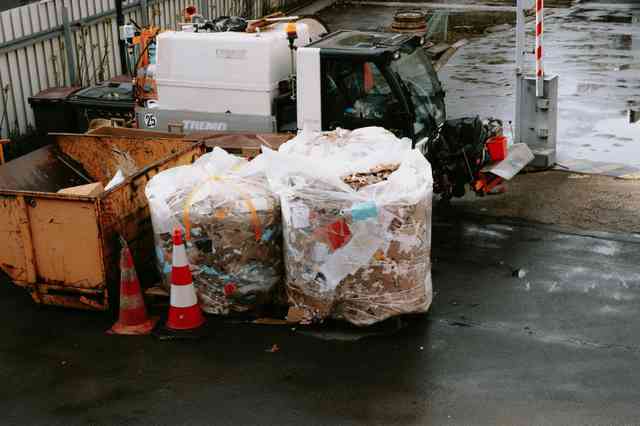
Challenge
Addressing Opposition to Waste-to-Fuel
Applied Ethics Strategies:
Putting Yourself in Other’s ShoesIntroduction
In a city undergoing economic transition and positioning itself as a clean energy innovation hub, a proposed waste-to-fuel facility became a flashpoint for public concern. Residents near the proposed site raised alarms about air quality, odors, and the potential for hazardous waste residue. City officials had focused on economic benefits and greenhouse gas emissions reductions in early outreach efforts but underestimated the degree to which local fears—shaped by practical concerns about health, safety, and daily life—would dominate the public conversation. Efforts to move forward stalled as public meetings grew contentious, and opposition hardened across neighborhood groups.
How could applied ethics address this challenge?
In its efforts to find a way forward through more productive engagement, the city’s sustainability department invited a diverse set of residents to join a community advisory panel with direct influence over specific aspects of the project’s design and oversight. City staff worked to understand and reflect community priorities not only through dialogue, but by embedding those concerns into project negotiations including an independent air quality control plan, requiring third party verification of odor mitigation technologies, and negotiating protocols for transparent reporting of waste residue management. By centering local concerns within early-stage project planning, city officials shifted the conversation from opposition to collaboration.
Questions to consider
How will the advisory panel reflect the full diversity of perspectives, especially those most directly impacted by the facility?
How will technical information (e.g., air quality metrics, odor controls) be communicated in ways that are accessible, transparent, and verifiable to the public?
What implementation challenges are you aware of where applied ethics strategies could help?
Submit a challenge
Sorry, your browser doesn’t supported our embedded forms. Please use this submission form instead.